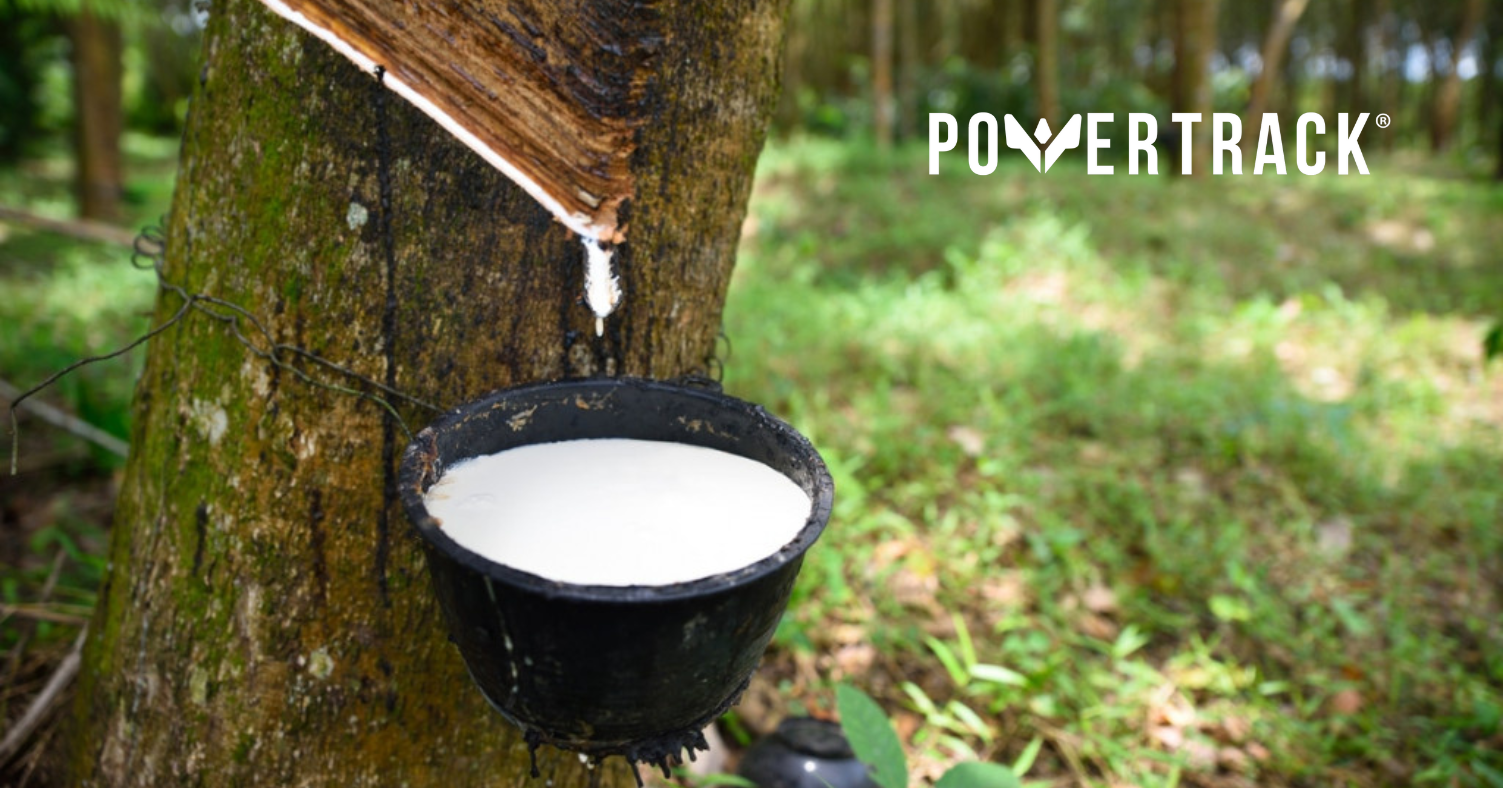How rubber is made

To give you a better understanding of the process behind making rubber tracks for excavators. Here are some definitions about rubber.
What is virgin rubber?
It is a compound created using uncured rubber. It can be a synthetic or latex rubber. The vulcanization process changes the physical structure of the compound, which is irreversible.
With the rising cost of rubber and recycling resources, it has become common in recent years to mix recycled or reclaimed rubber into the compound. This can be suitable in certain situations, but disastrous in critical or high-stress applications such as rubber tracks.
What is reclaimed rubber?
Remanufactured rubber is a finely crumbled or ground rubber powder, normally used to reduce costs. Remanufactured rubber is often obtained by recycling used tires.
How is natural rubber obtained?
What is commonly called natural rubber is actually latex and is made from the white sap of the rubber tree. Latex, provides flexibility, tear strength and elongation superior to most synthetic compounds.
Natural rubber is still produced in the same way it has been done for many hundreds of years, by carving through the bark of the tree and capturing the resulting sap in a bucket. A labor-intensive process, which is why it is such an expensive material.
Is synthetic rubber any good?
The real answer to that is: it depends. It depends on the type of synthetic rubber and the application. For example, if the application involves exposure to petroleum-based oils, then latex rubber would quickly disintegrate and a synthetic compound would need to be used.
Typically in mining or earthmoving applications such as OTR tires or rubber tracks, the rubber compounds used are a mixture of latex and synthetic rubbers to provide a balance of flexibility and wear resistance on one hand and UV resistance and hardness on the other.
Why does rubber turn black?
The sap of the latex tree is white and when processed the resulting raw product turns a muddy brown color. Typically the raw synthetic material is white, gray or pale yellow in color, so why is the finished vulcanized product mostly black?
The answer is carbon. Powdered carbon black is added to the mix prior to vulcanization. It serves as a reinforcing agent. This helps the rubber be more heat resistant.
Our rubber tracks are manufactured using a mixture of natural and synthetic rubber. This mixture is treated in the vulcanization process, which gives the rubber more elasticity to increase its resistance to wear and tear and high operating temperatures.

